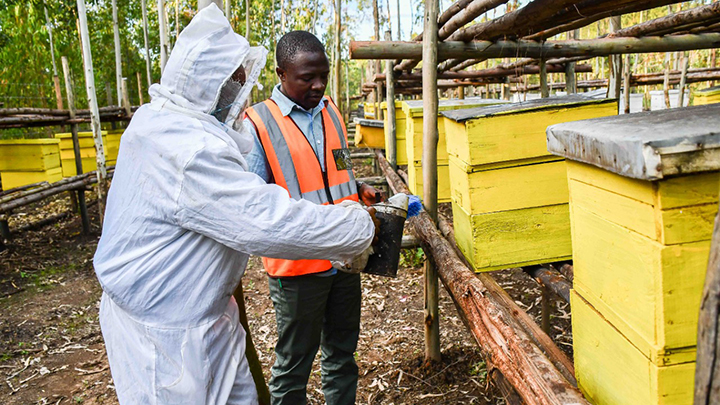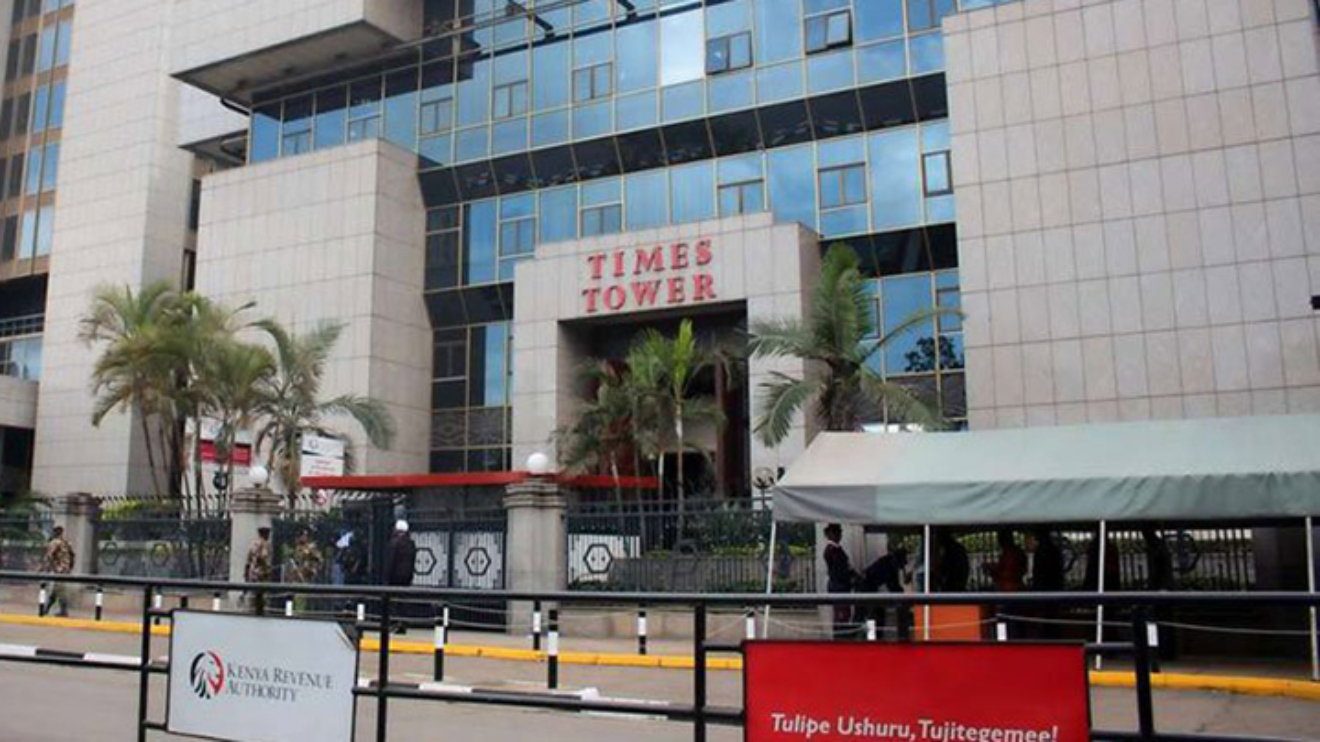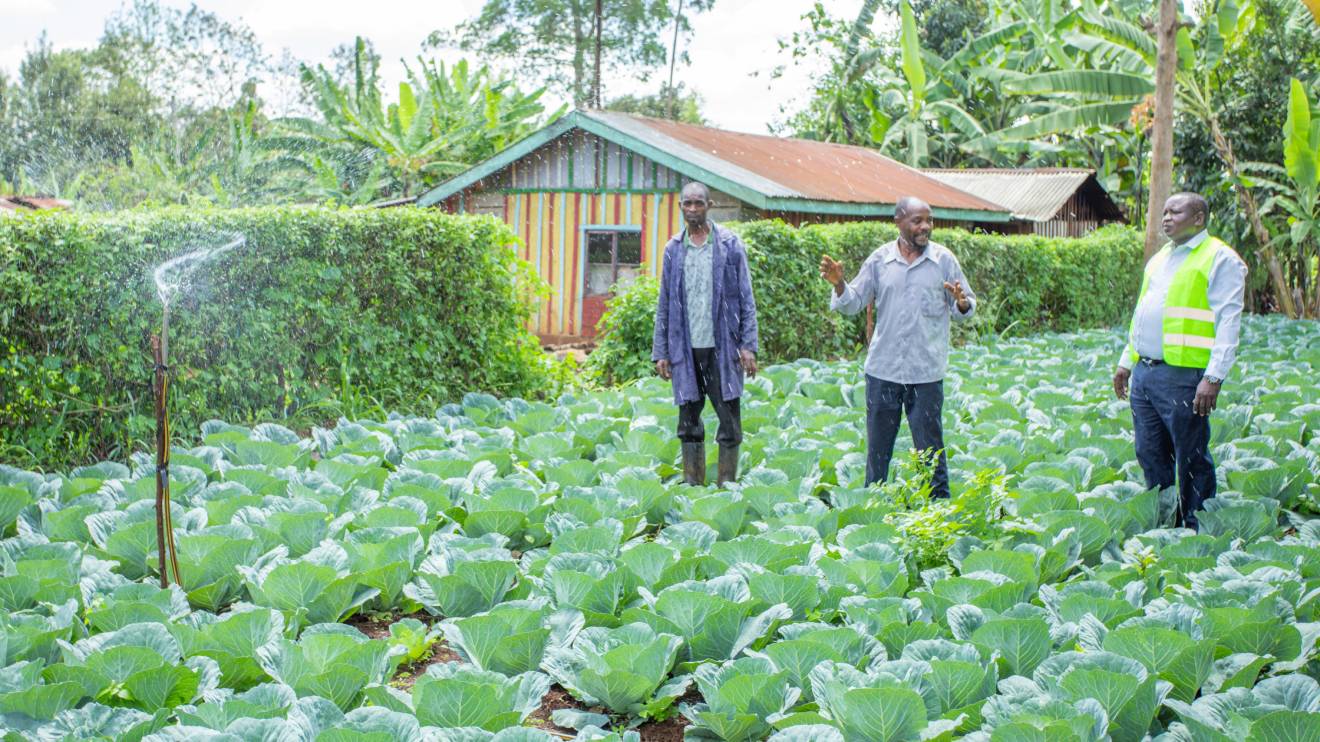Kenya Tea Development Agency (KTDA) has diversified into beekeeping in five tea factories in Meru in a bid to diversify its revenue sources and embrace environmental sustainability programmes.
The factories; Weru, Imenti, Githongo, Kionyo and Kinoro, have established 200 langstroth beehives at their Mwigiki wood fuel farm situated along the Timau-Isiolo highway.
So far, the project has realised more than Sh500,000 in sales and KTDA plans to increase the beehives to 500 to help achieve the farm’s full potential.
Averagely, each beehive produces 60kg of honey annually and once 500 hives are added the agency’s project will produce 30,000kgs of honey per year raking in up to Sh20 million in revenue for shareholders.
Speaking while on a site, George Oselu, KTDA Forest Officer, said the project seeks to entrench sustainability and conservation while generating extra income for farmers in the area.
Read More
“The whole idea behind this project is sustainability with the focus being environmental conservation and revenue generation, Oselu said.
Oselu added that the bee-keeping project will be replicated in all its wood fuel farms countrywide to encourage more farmers in factories under the agency to embrace it.
Stephen Macharia, Regional Operations Manager, Region Four said, “The honey we harvest from this farm is sold through the regional office and the demand for it is overwhelming because of its quality.”

Macharia says the KTDA affiliated tea factories have adopted wood fuel farms and that a strict tree-felling strategy is adhered to to ensure the ecosystem of the bees is not interrupted.
“The benefit of this farm to those five factories has led to substantial savings in terms of thermal energy cost. The wood harvested from this farm has high calorific value hence saving the factories between 20 and 25 percent in energy costs, translating to about Sh.30 million indirect savings to these factories over the last one and a half years. These savings are passed onto the farmer,” he added.
KTDA-managed factories have around 21,000 acres of land for wood fuel production and target to acquire and develop 40,000 acres in total in their journey for fuel wood self-sufficiency.








 (1)-1725105260.jpg)
 (1)-1730745141.jpg)